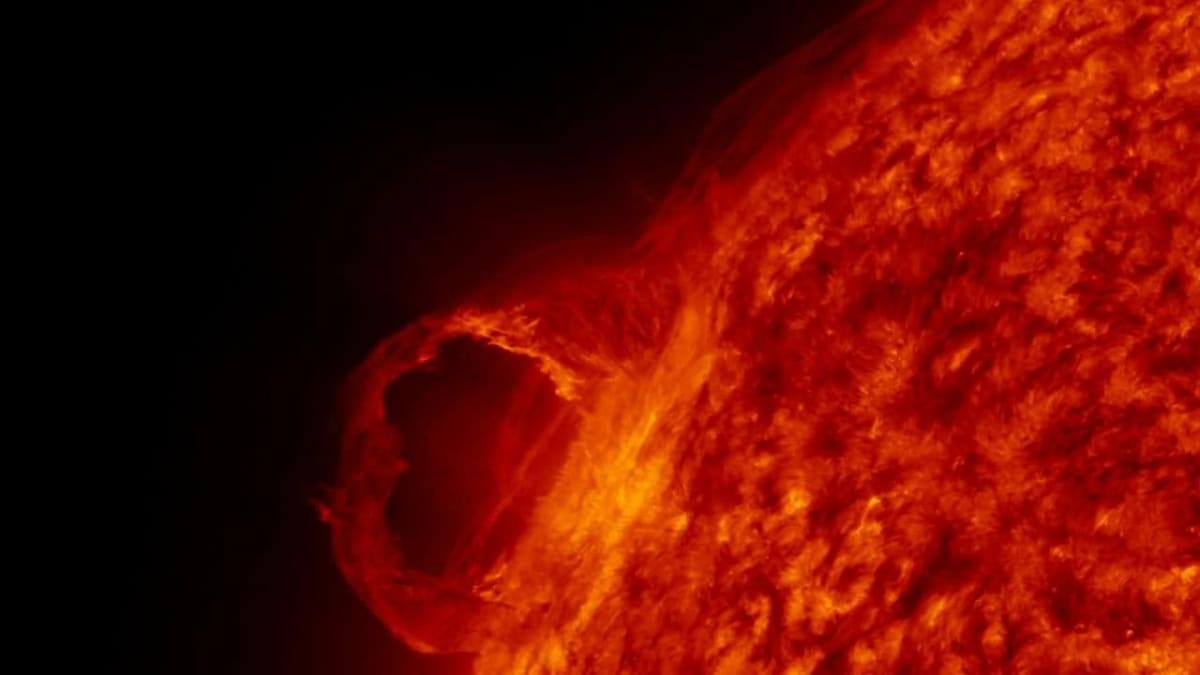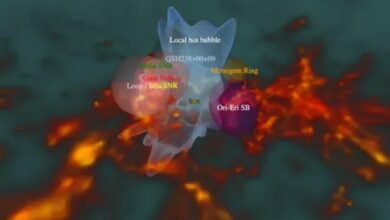Could a Future Solar Storm Cripple Our Technology? Scientists Think So

In 1859, when Charles Darwin published On the Origin of Species, the Earth experienced one of the most powerful solar storms in recorded history. Telegraph systems in Europe and North America malfunctioned, causing fires in some places. The event, later known as the Carrington Event, was preceded by the first confirmed observation of a solar flare, an intense burst of radiation from the sun. The flare created brilliant auroras in the sky, signaling the beginning of the solar storm. Although the Carrington Event was intense, new research shows that even more extreme solar storms have occurred in the past.
Radiocarbon evidence from tree rings
Scientists have found evidence of these ancient storms by studying the carbon levels in tree rings. Fusa Miyake, a researcher from Nagoya University, led a team that discovered abrupt spikes in carbon concentrations, indicating extreme solar storms. Their findings include events such as those in 774 AD, 993 AD, and even further back in 660 BC and 5259 BC. These solar storms were much stronger than the Carrington event, with the most intense storm occurring in file which occurred approximately 14,370 years ago, toward the end of the last ice age.
Impact on modern technology
Solar storms occur when the sun releases charged particles that penetrate the Earth’s magnetic field. These storms can disrupt our technological infrastructure, including satellites, power grids, and communication networks. The events identified in tree rings suggest that our modern world would be vulnerable to such an event. Because solar storms can take down global systems, scientists are working to understand their frequency and intensity by studying ancient trees around the world. This research not only improves radiocarbon dating, but also helps us prepare for future solar storms, which could have devastating effects on today’s interconnected societies.




